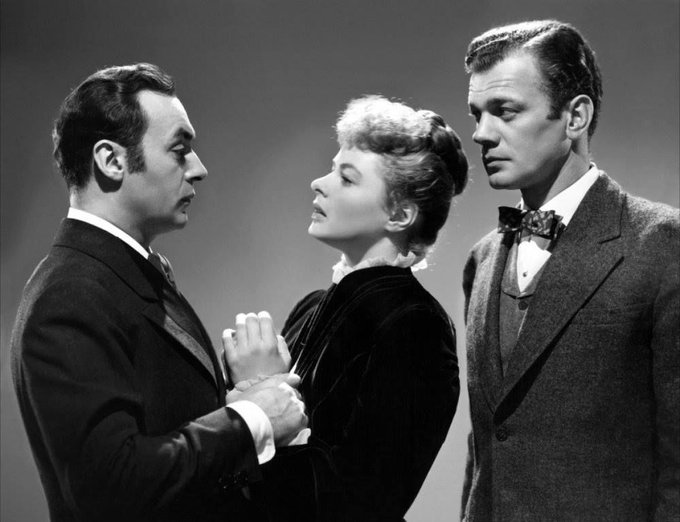This post is also available in:
 English
English
The article is about storytelling in village communities still observed in the 21th century, conspiration theories and modern advertising. My experience as longtime villager and suburb dweller helped me.
I am living in the same village I spent my childhood some years ago. There are still many natives, some of them never moved out of their parents and grandparents house. They tell stories about families in the village, what they do, what the members of that families do and their fates.
Wondering why I did not know anybody mentioned in the stories while quite many villagers from associations, businesses and events, I asked the storytellers who these people are. The commone response was how could it happen that I do not know the people from the stories.
The characters are fictional. It is similar to movies many people have seen. Everybody is expected to know the story of the movie, and some words go into common language, like “catfishing” (pretending to be another person online), “gaslighting” (making somebody questioning their own reality) and “weinsteining” (behaviour close to what Harvey Weinstein is imprisoned for).
Village storytelling, repeatedly told by villagers, are the local kind of the bigger stories in movies. The stories connect the community. In the neighbouring village they have other stories the locals do not know.
Modern conspiration theories follow a similar scheme. Insiders know the story, and they feel the knowledge makes them much smarter or at least better informed than others.
What do we do with that information? There are stories others impose on us with the argument “As long you do not know the story you do not belong to us” or they use for gaslighting us. These stories are not worth anything for anybody except for the teller. There are other stories well told and worth remembering and retelling, for example “Good Wife”. Newly elected governments might also suffer the comparison between their results and the stories they told before election.

